Experimental films are also known as avant-garde, which literally means the ‘vanguard’ or ‘advanced guard’—so people ahead of their time! Unlike mainstream cinema, which usually sticks to established structures and techniques, experimental films prioritise expression and innovation. They can vary a lot in style and approach, but they tend to have a few things in common:
- Non-traditional narrative: Experimental films often spurn linear storytelling in favour of more fragmented or abstract narratives.
- Innovative techniques: Filmmakers use unconventional methods in cinematography, editing, and sound design.
- Focus on form and content: The emphasis is often on a visual and auditory experience rather than on plot or character development.
- Personal expression: Many experimental films reflect the unique vision and style of the filmmaker.
Experimental vs. mainstream cinema
One of the biggest differences between experimental and mainstream cinema is the narrative structure. Mainstream films often follow a three-act structure with a beginning, middle, and end. Experimental films usually use non-linear or fragmented narratives, focusing more on mood and atmosphere than on plot.
In production, mainstream movies are normally going for a polished and commercially viable finished product. They might use expensive special effects, well-known actors, and so on. Experimental films are more likely to use things like found footage, hand-painted frames, and weird camera angles.
Audience expectations are generally different for experimental films when compared to mainstream cinema. Avant-garde films are for niche audiences who are used to the unconventional storytelling methods, and they often have a limited release at film festivals, galleries, or independent cinemas. They’re more about artistic expression than being a commercial hit. Mainstream films, though, are designed to attract big audiences and make money at the box office. This means they have to appeal to a wide range of viewers, so they often stick with clear storytelling, relatable characters, and satisfying endings.
A quick history of experimental cinema
The beginning
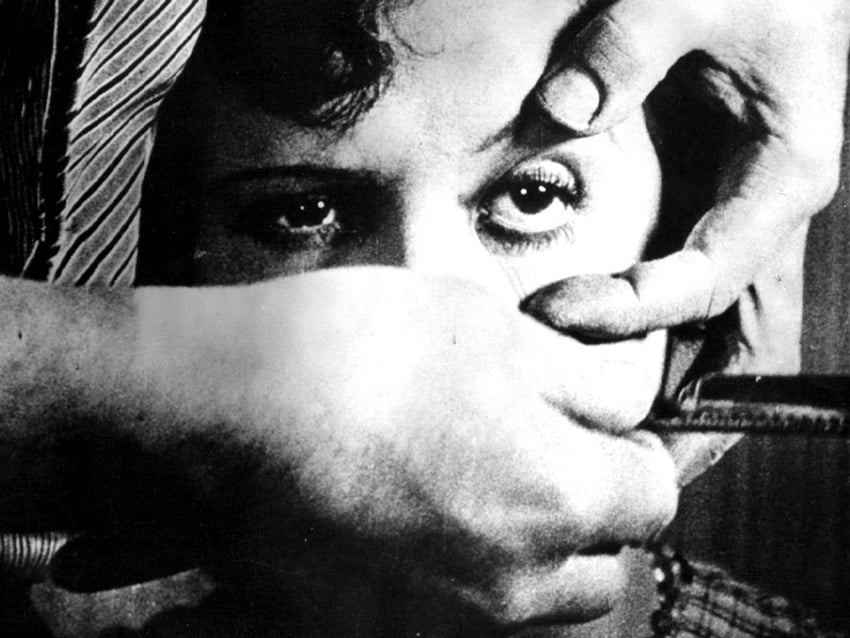

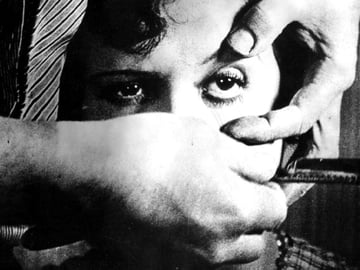
In the 1920s, cinema was starting to get into its stride. The resistance it had seen from the upper classes (as a low-brow form of entertainment) was fizzling out, so artists and filmmakers began to explore film as a means of artistic expression.
European avant-garde movements like Dadaism and Surrealism had a big influence on this, and films like Un Chien Andalou (1929) by Luis Buñuel and Salvador Dalí (yes the artist!) broke new ground with dreamlike sequences and shocking imagery. Un Chien Andalou is a short film with disjointed imagery, and it opens with a scene where an eye is cut open with a razor. These shocking visuals were meant to evoke emotions and thoughts, rather than get across any kind of narrative.
What are Dadaism and surrealism?
Dadaism embraces chaos and absurdity, with a focus on the unconscious mind and dream logic. It came out of reactions to the First World War and had an anti-bourgeois sentiment. Quite often filmmakers would use collages with found objects and strange materials to make their work.
Surrealism was influenced by Sigmund Freud’s theories and uses techniques like automatism and juxtaposition to create outlandish and illogical scenes that are supposed to unlock deeper parts of our imagination and experience.
Mid-20th century
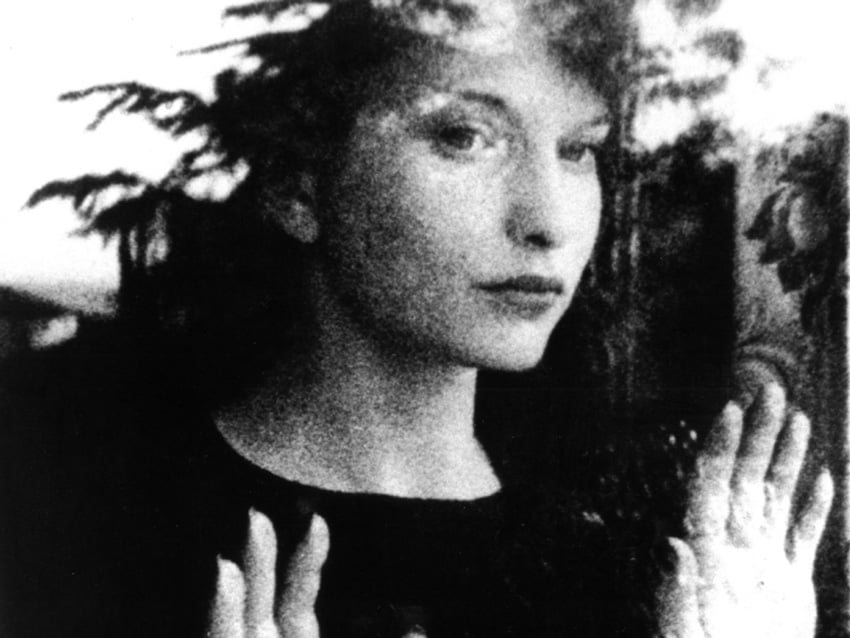
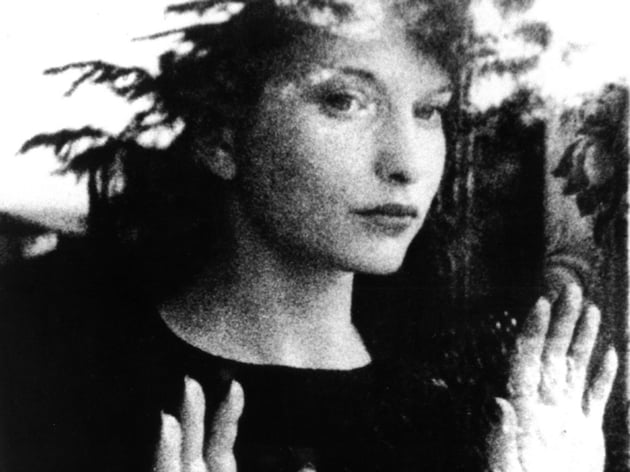
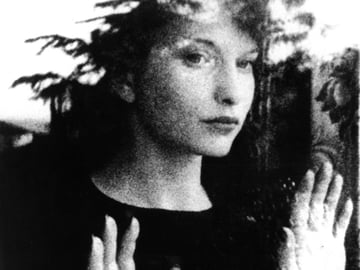
Experimental cinema had a bit of a boom in the mid-20th century, particularly in the United States and Europe. Maya Deren’s Meshes of the Afternoon (1943) uses surreal, symbolic imagery and advanced editing techniques to explore themes of identity and perception. Kenneth Anger‘s Scorpio Rising (1963) combined pop culture and occult symbolism, using a soundtrack that integrated rock and roll music with provocative visuals—pretty ground-breaking for the time! Anger is quite often credited with laying the groundwork for modern music videos.
Stan Brakhage’s work, particularly Dog Star Man (1964), pushed the limits of visual abstraction, using techniques like painting directly onto film and using extreme close-ups of natural objects. His films didn’t have traditional narratives, focusing instead on the sensory and emotional impact of the sound and visuals.
Film co-operatives and independent cinemas sprung up, which provided platforms for these experimental works to be shown and discussed, helping the genre to grow.
Late 20th century



Digital technology opened up new possibilities for experimental filmmakers in terms of lower production costs, so there was flexibility to experiment, and new voices of the genre started to pop up from around the world.
Directors such as David Lynch, with films like Eraserhead (1977), kept pushing the boundaries of narrative and visual style. He was in his early 30s when the film was released to mixed reviews describing it as “a dream of dark and troubling things”.
Contemporary experimental films
In terms of up-to-date experimental films, you might wonder how they can make them stand out or be shocking, when so much has already been done! Well, the likes of Apichatpong Weerasethakul and Lars von Trier are continuing to push those boundaries. Von Trier favours trilogies, either by style or by theme, and is such a fan of avant-garde that he even founded Dogme 95 (along with Thomas Vinterberg) in 1995, his own filmmaking movement that set out ‘purifying’ principles like:
-
Films must be shot on location, without bringing in props or sets.
-
Diegetic sound only; music must be part of the scene.
-
Handheld cameras should be used for all filming.
-
Colour film must be used without special lighting.
-
The film must take place in the here and now; no historical or futuristic settings.
-
Genre movies are not allowed.
-
The film must be in the Academy 35mm format.
-
The director must not be credited.
With the evolution of technology, filmmaking has been democratised (to an extent), and this has meant more experimental films from diverse cultural backgrounds. Online platforms and film festivals that centre around avant-garde cinema have also been crucial in bringing experimental works to wider audiences.
Standout experimental films
1. Un Chien Andalou (1929), directed by Luis Buñuel
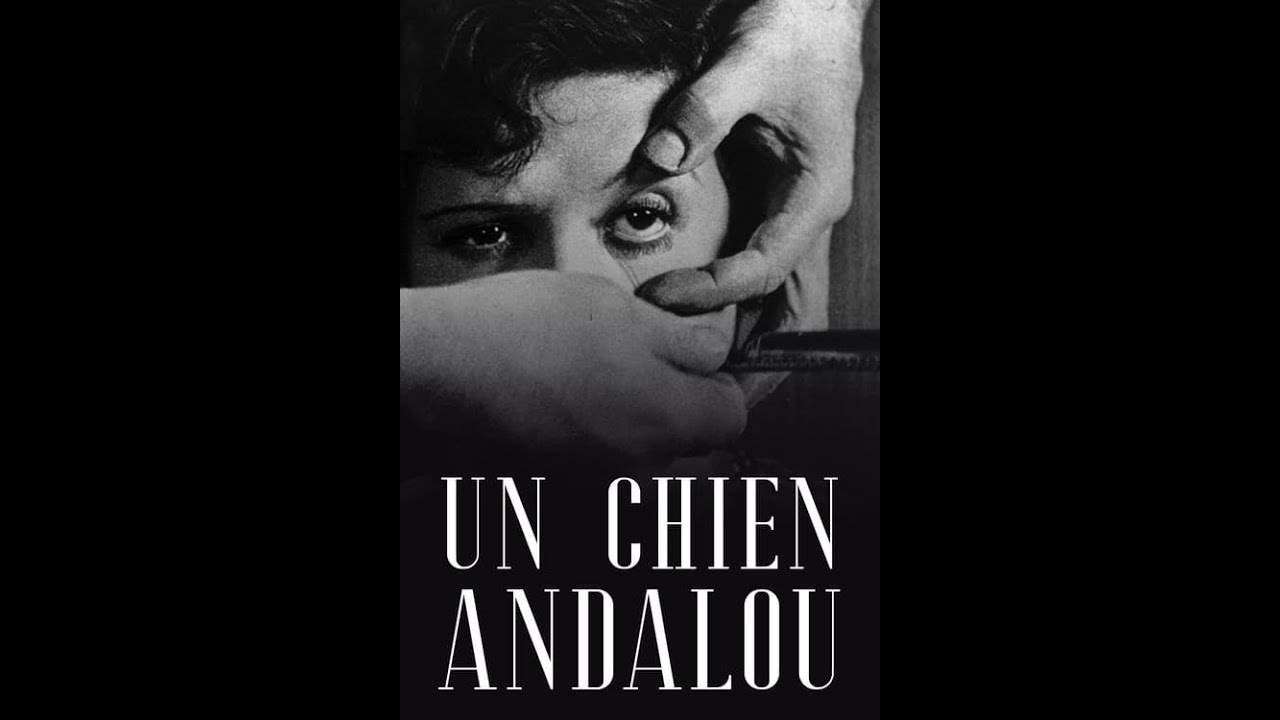
We’ve mentioned this French silent film already, but it’s renowned for its shocking and surreal imagery, including the scene of a razor slicing through an eyeball. These images were inspired by the dreams of the two writers Buñuel and Dali, who we can only assume had been eating a lot of cheese before bedtime. The audience response to the film was surprisingly positive, which upset Dali a bit as he’d wanted to shock and upset them! Un Chien Andalou has since influenced countless filmmakers and artists with its bold and interesting…(!) approach.
2. Meshes of the Afternoon (1943), directed by Maya Deren and Alexandr Hackenschmied

Deren’s short silent film was co-directed by her husband and has since been recognised for its historic and cultural significance by the Library of Congress. This is another film heavily influenced by surrealism and explores a woman’s psyche through symbolic imagery like a silhouette of a woman with a flower on a drive and a phone off the hook. The sequences repeat and the narrative becomes circular, making it hard to understand what is reality and what is a dream.
3. Dog Star Man (1961-1964), directed by Stan Brakhage

Dog Star Man is actually a series of four short films (plus a prelude, so five films in total) that were originally released in instalments but later were regularly shown as one long film, as intended. It’s a sort of abstract visual poem that uses hand-painted frames.
“Brakhage creates a myth of his own personal history from his birth, past relationship to his mother and father, and present relationship to his wife and son. His myth is seen in a cosmic context, earth sun and moon playing a part.” — LUX
4. Scorpio Rising (1963), directed by Kenneth Anger
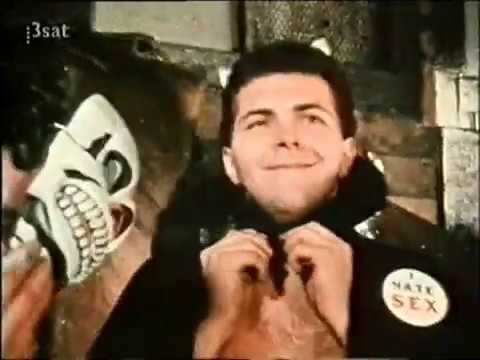
Scorpio Rising combines documentary footage with stylised sequences, exploring themes of rebellion, sexuality, and the occult. It was shot over three months in New York and split into four sections featuring imagery like Christian iconography and even Nazi imagery. Its use of music in particular made it a hit, and it’s since been considered to be the foundation for today’s music videos, particularly during the MTV era.
5. Eraserhead (1977), directed by David Lynch

Written by, directed by, and starring David Lynch, Eraserhead is a nightmarish journey into the subconscious, told in a non-linear way. It’s a low-budget, black-and-white film that didn’t really get much fanfare on release but later would become a cult classic.
6. Tropical Malady (2004), directed by Apichatpong Weerasethakul
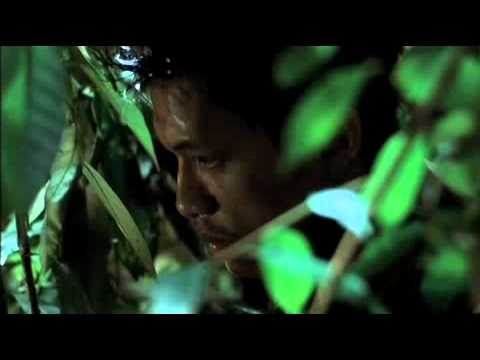
Tropical Malady is a romantic psychological drama that blends realism with folklore, and explores love and identity in a non-linear narrative. It’s been described as a diptych as it’s essentially a work of two parts. The first half follows the relationship between a soldier (Keng) and a country boy, and the second shows Keng trying to track down a shaman who can turn into a wild beast.
7. La Jetée (1962), directed by Chris Marker
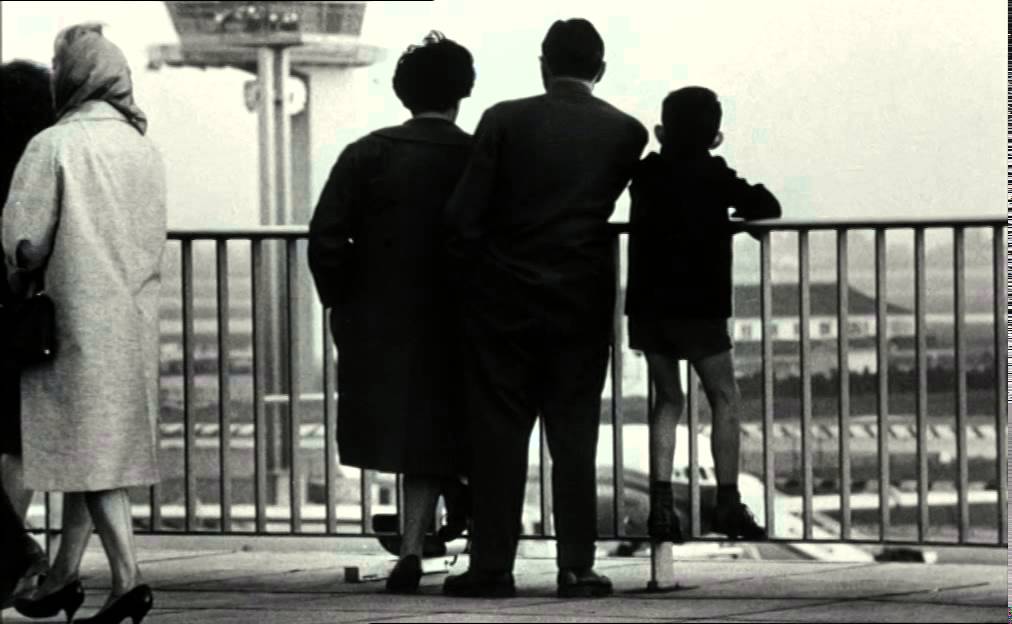
La Jetée is a short French science fiction film in black and white, set in the aftermath of a Third World War. It tells the story of a man who is sent back in time to find a solution for humanity’s survival after the Second World War. The film is made up almost entirely of still photographs, which emphasises the film’s core themes of memory and time.
8. Wavelength (1967), directed by Michael Snow
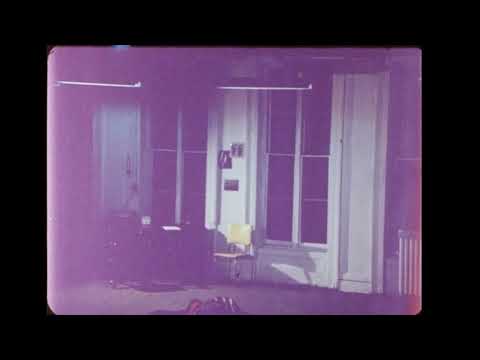
Wavelength consists of a continuous 45-minute slow zoom across a New York City apartment until it gets to a photograph of the sea stuck to a wall. It’s very minimalistic and has an emphasis on form, all of which make the duration a bit of a challenge to engage with but fit the film’s themes of the passage of time quite well! Events do happen during the slow zoom, just so you know.
9. Blue (1993) by Derek Jarman
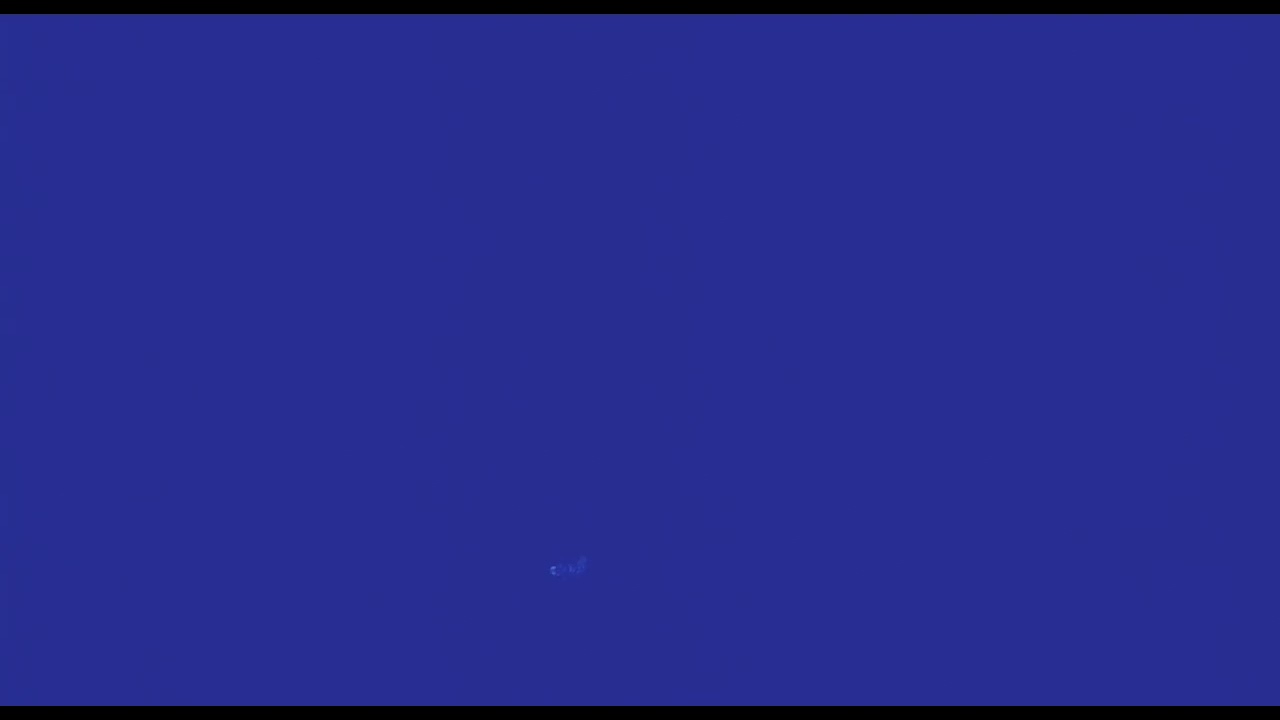
Blue is a British avant-garde film that consists of a single static shot of a blue screen with a voice-over, sound effects, and music. In the VO, Jarman talks about his experiences with AIDS, his failing eyesight, and the impact of the disease on his life and work. The blue screen is a metaphor for the emotional and physical pain he’s going through at the time. Blue was the last feature film he released before his death, just four months later.
10. The Holy Mountain (1973) by Alejandro Jodorowsky

Another surreal film, The Holy Mountain involves Alejandro Jodorowsky exploring spirituality, mysticism, and transformation. A Christ-like figure joins a group of characters representing plants in the solar system, and they set off on a quest to reach the Holy Mountain for enlightenment.
Conclusion: Experimental or avant-garde cinema
It’s not always easy to enjoy or understand experimental films, and having added context about the influences or reasons behind the filmmakers’ choices can be really helpful for that. There’s no doubt, though, that over the last 100 and some years, experimental films have continually pushed the boundaries of what cinema can be, getting us to think beyond regular storytelling.
More free film theory articles
About this page
This page was written by Marie Gardiner. Marie is a writer, author, and photographer. It was edited by Andrew Blackman. Andrew is a freelance writer and editor, and is a copy editor for Envato Tuts+.